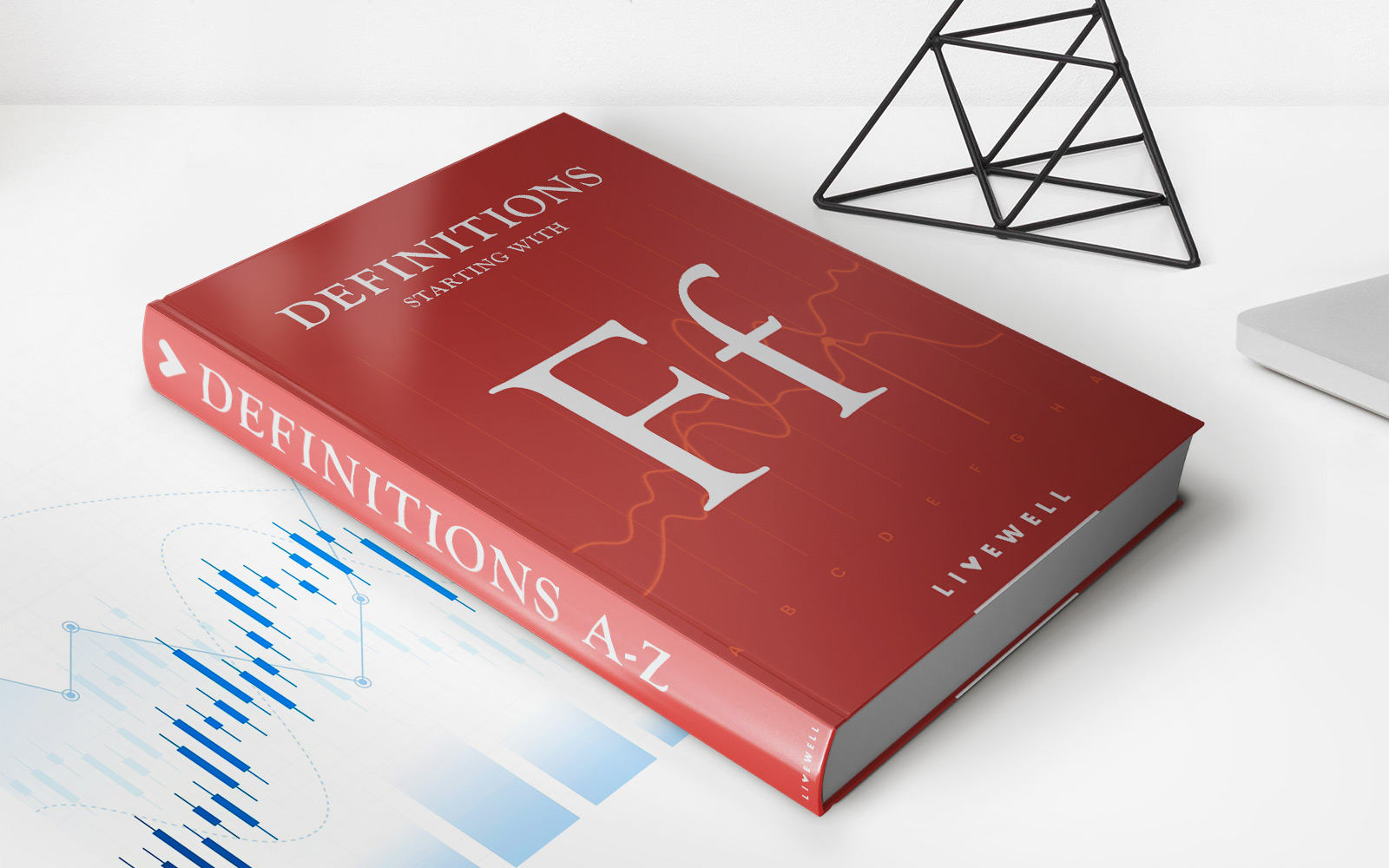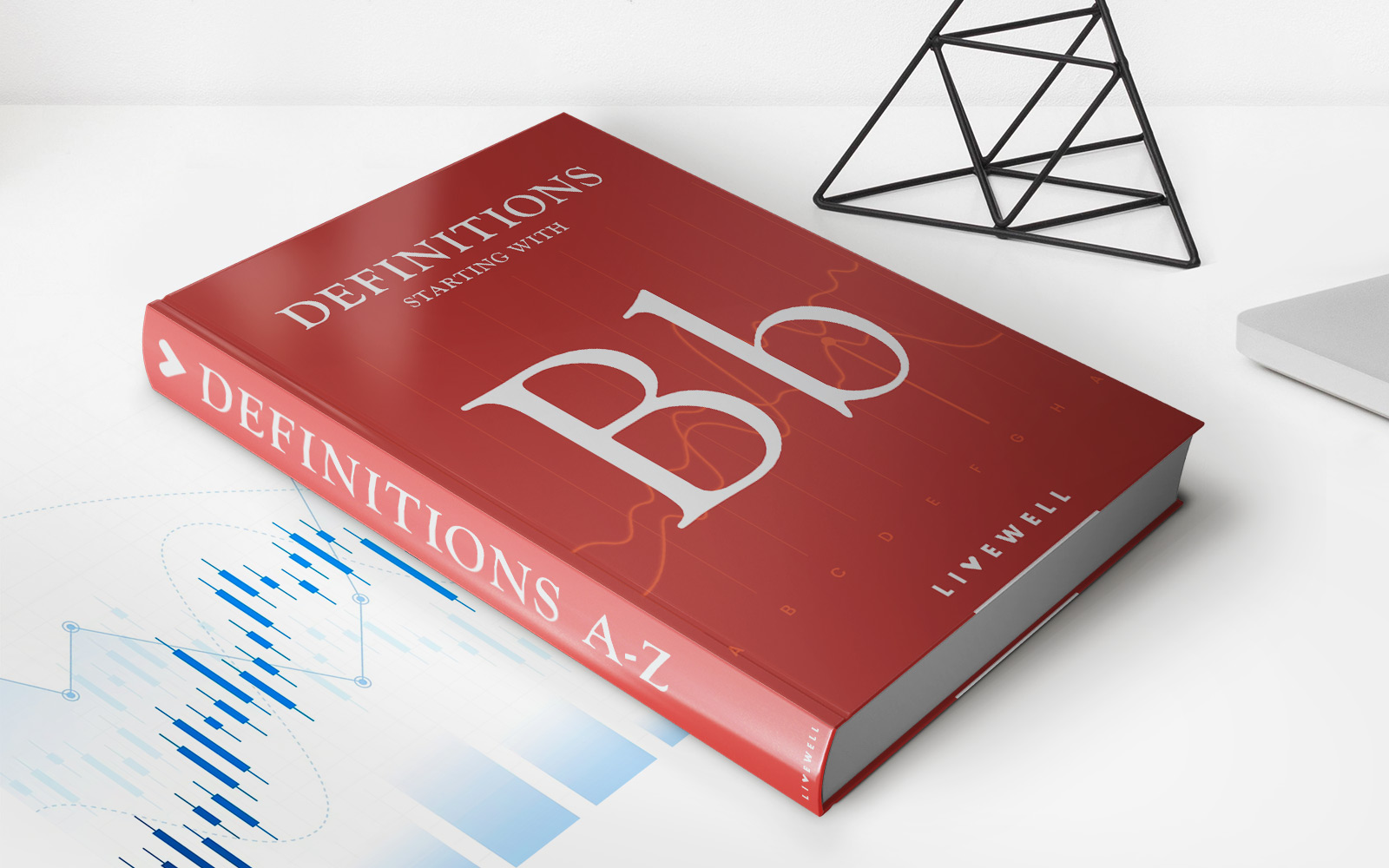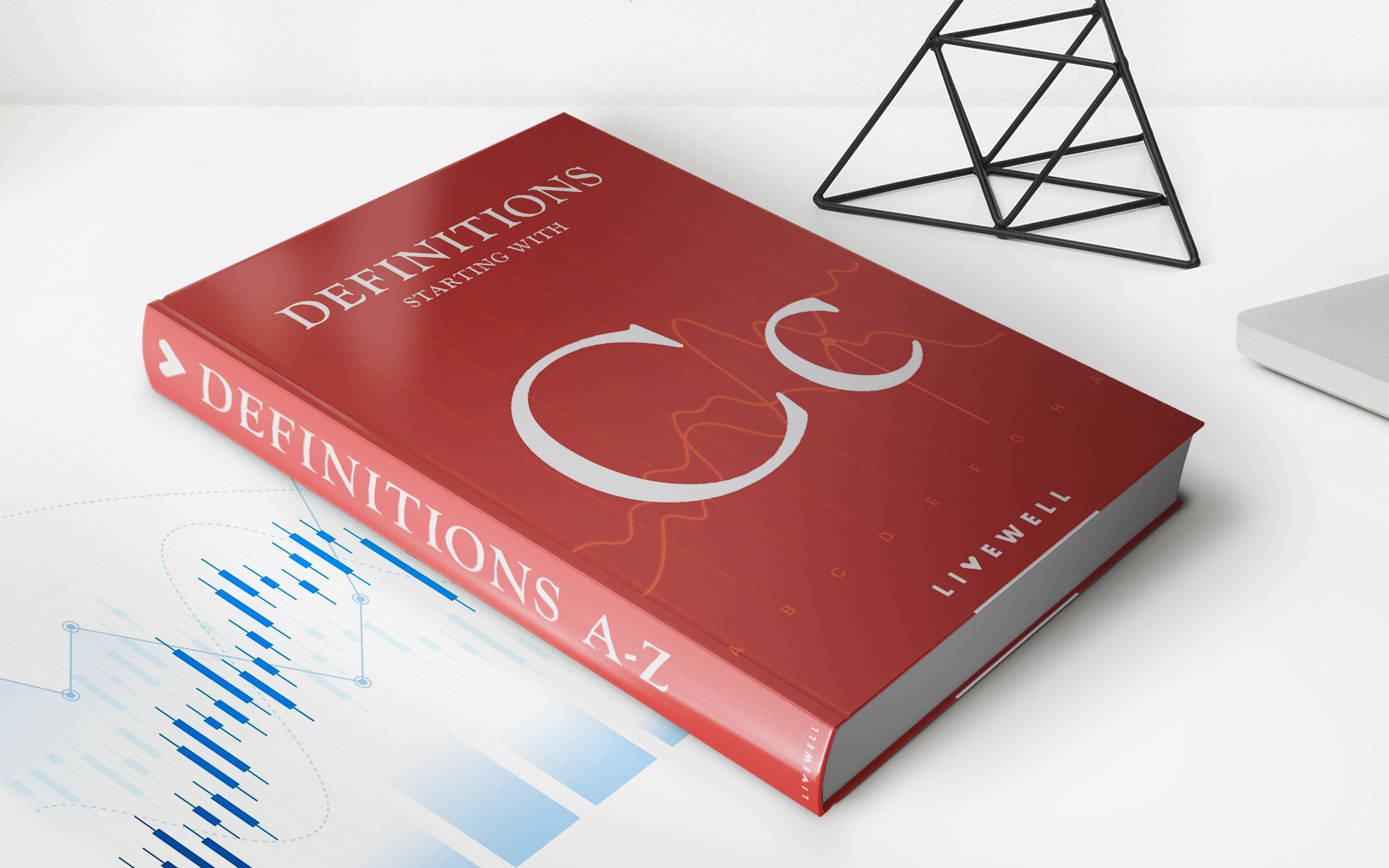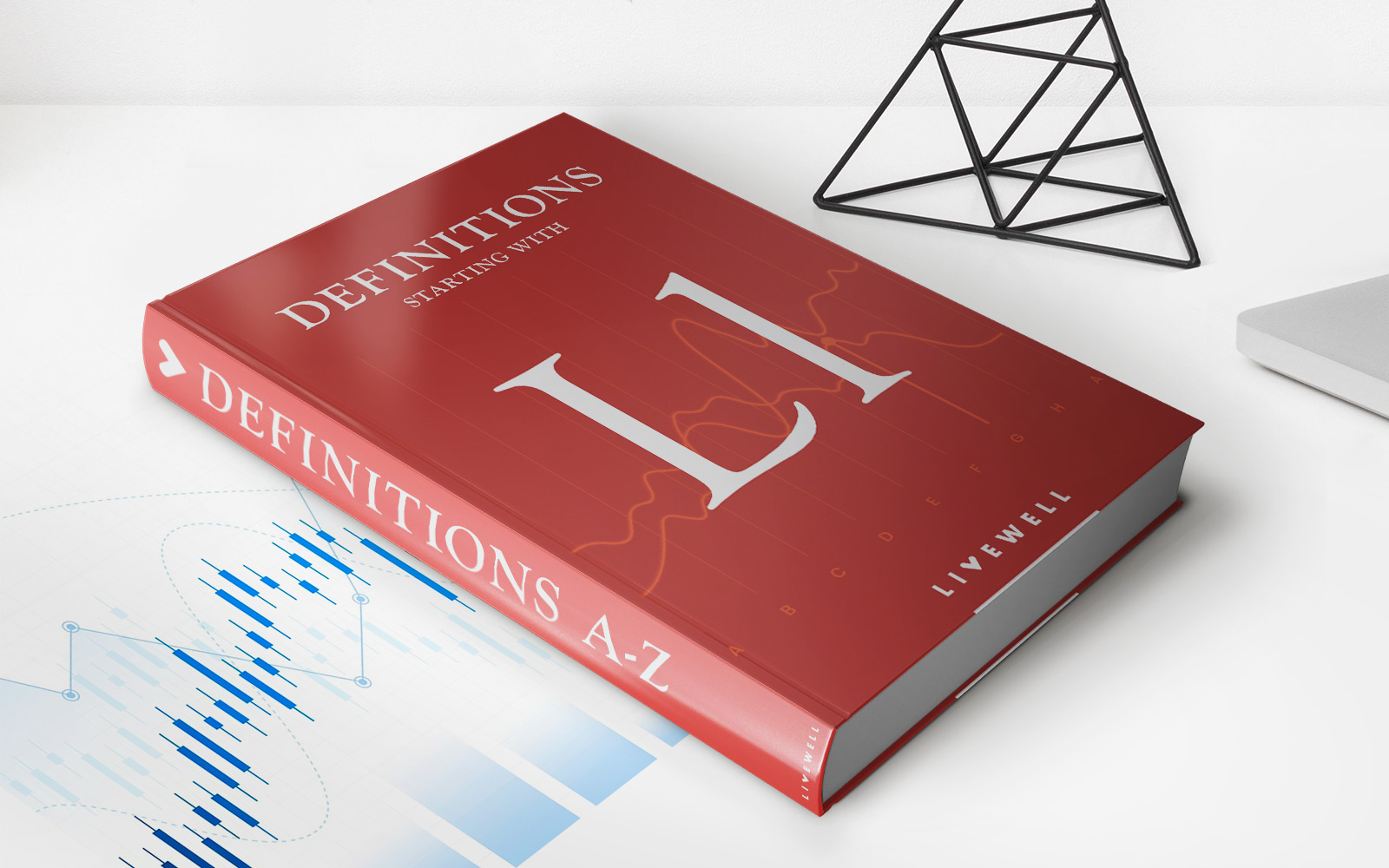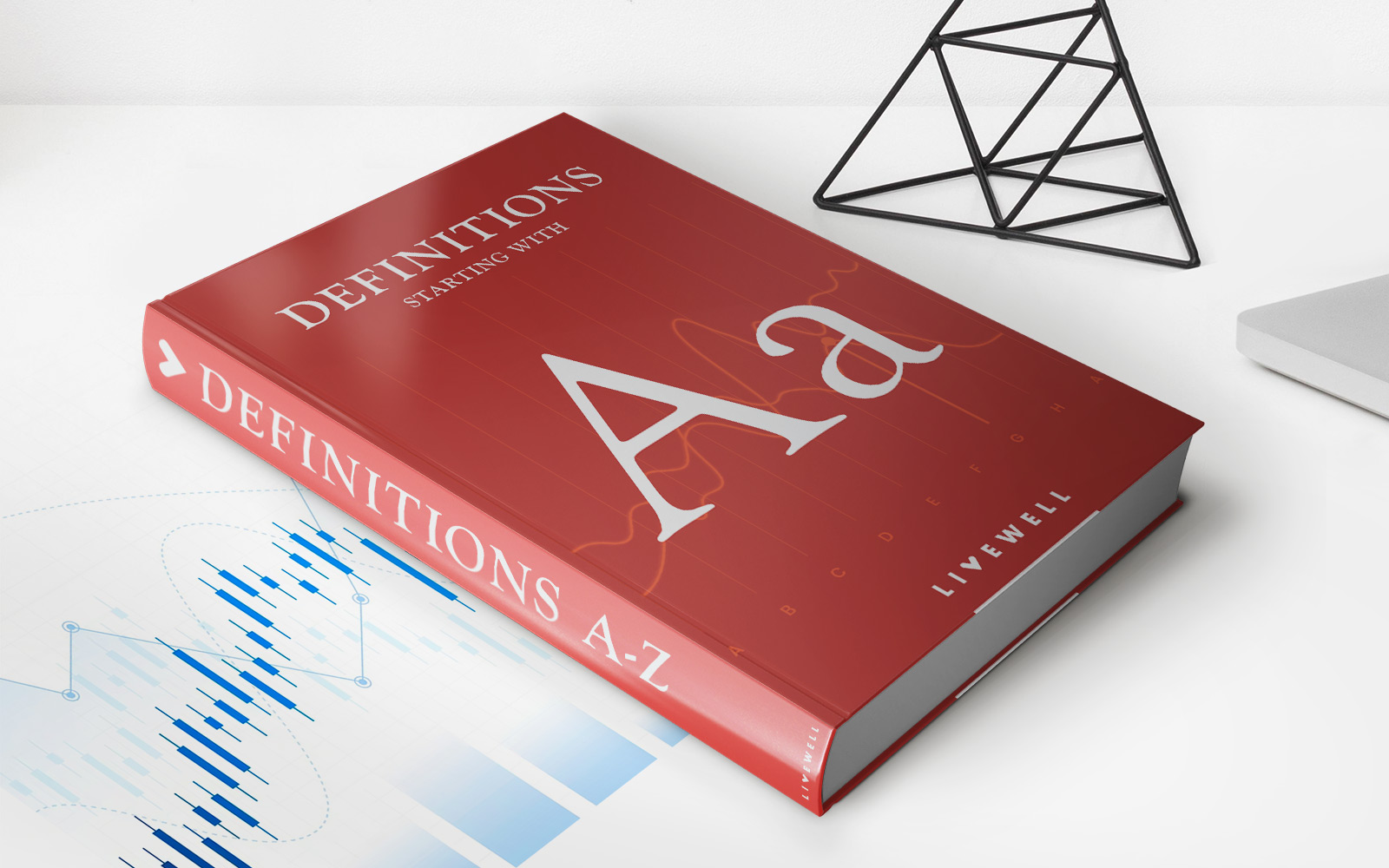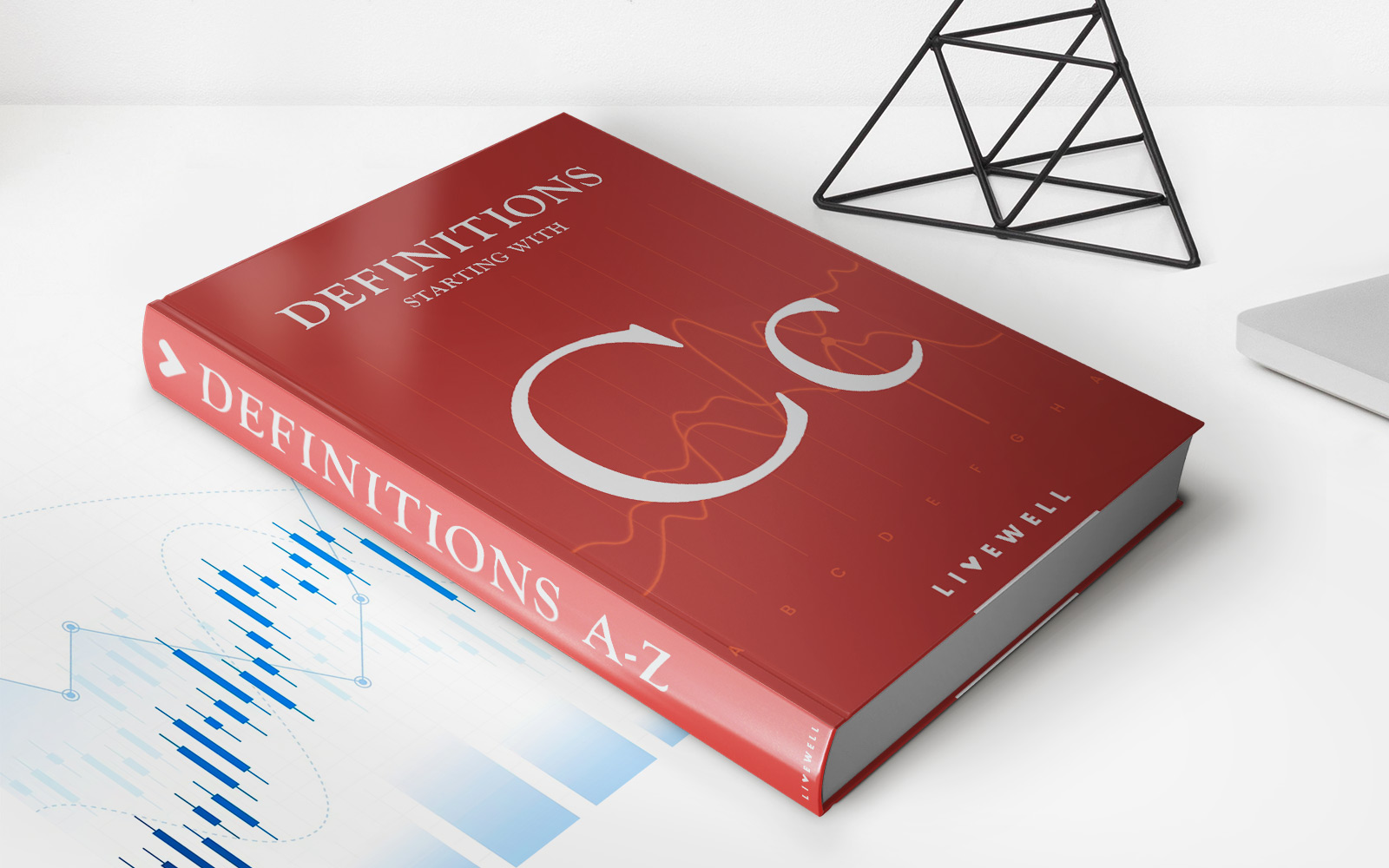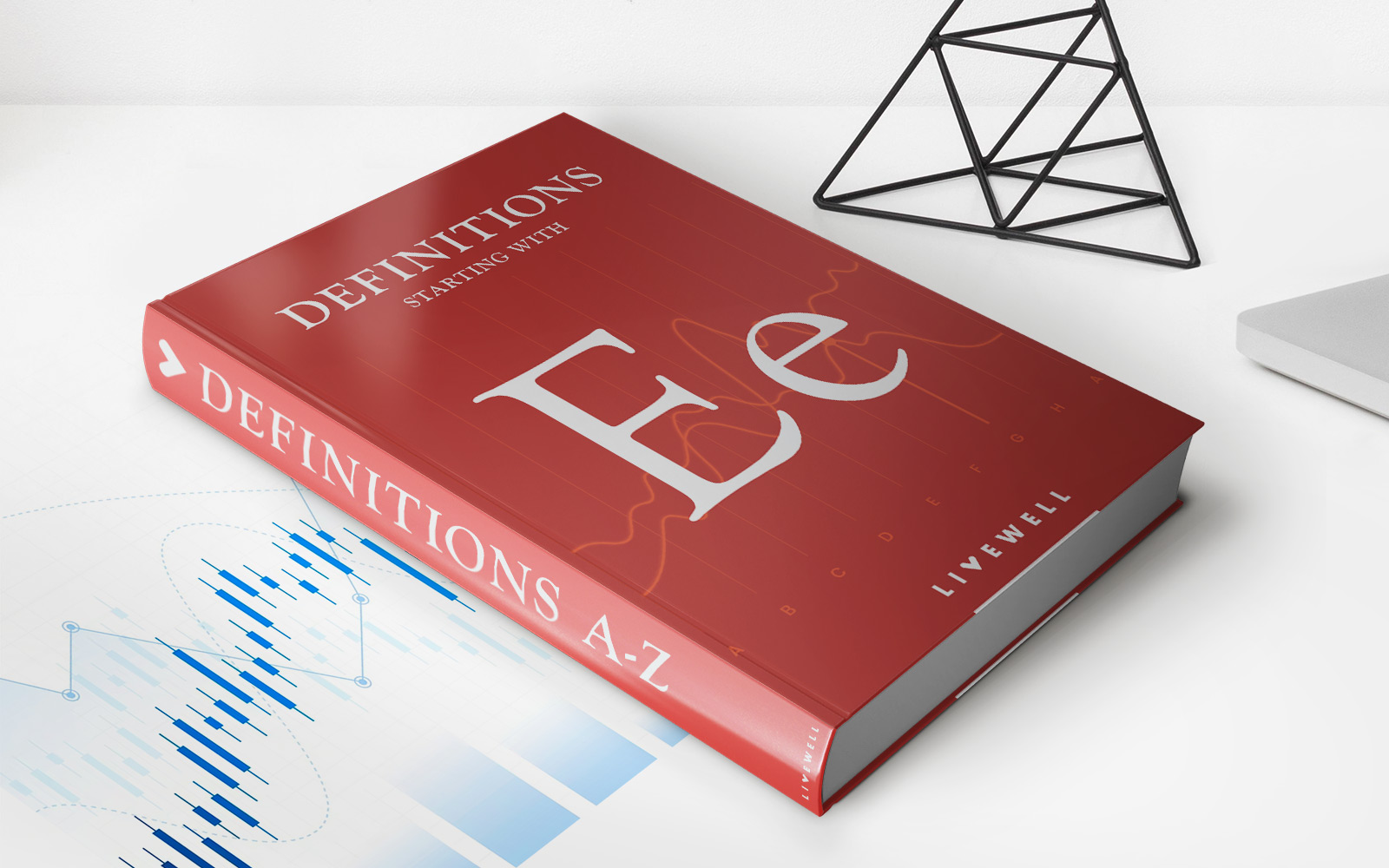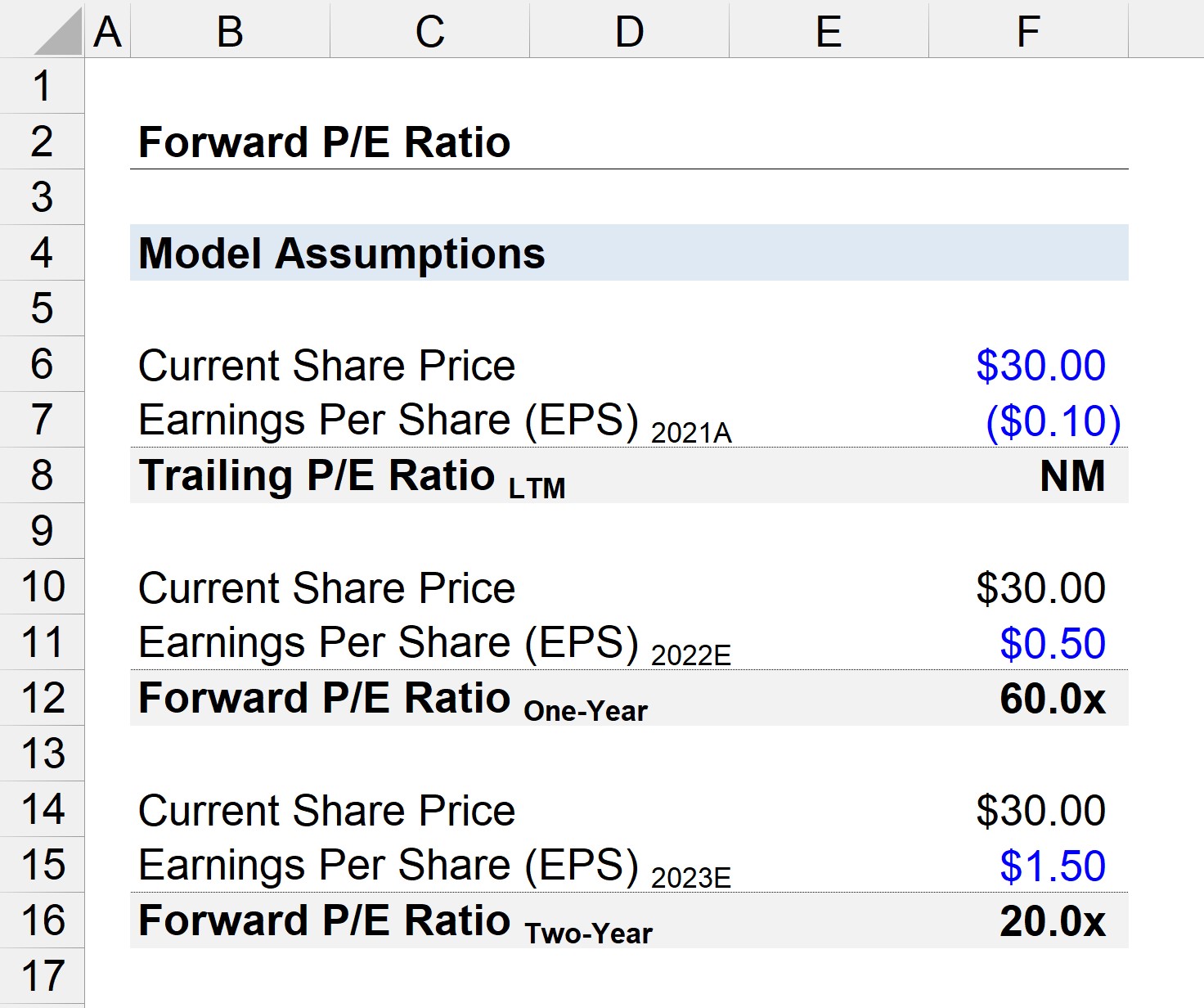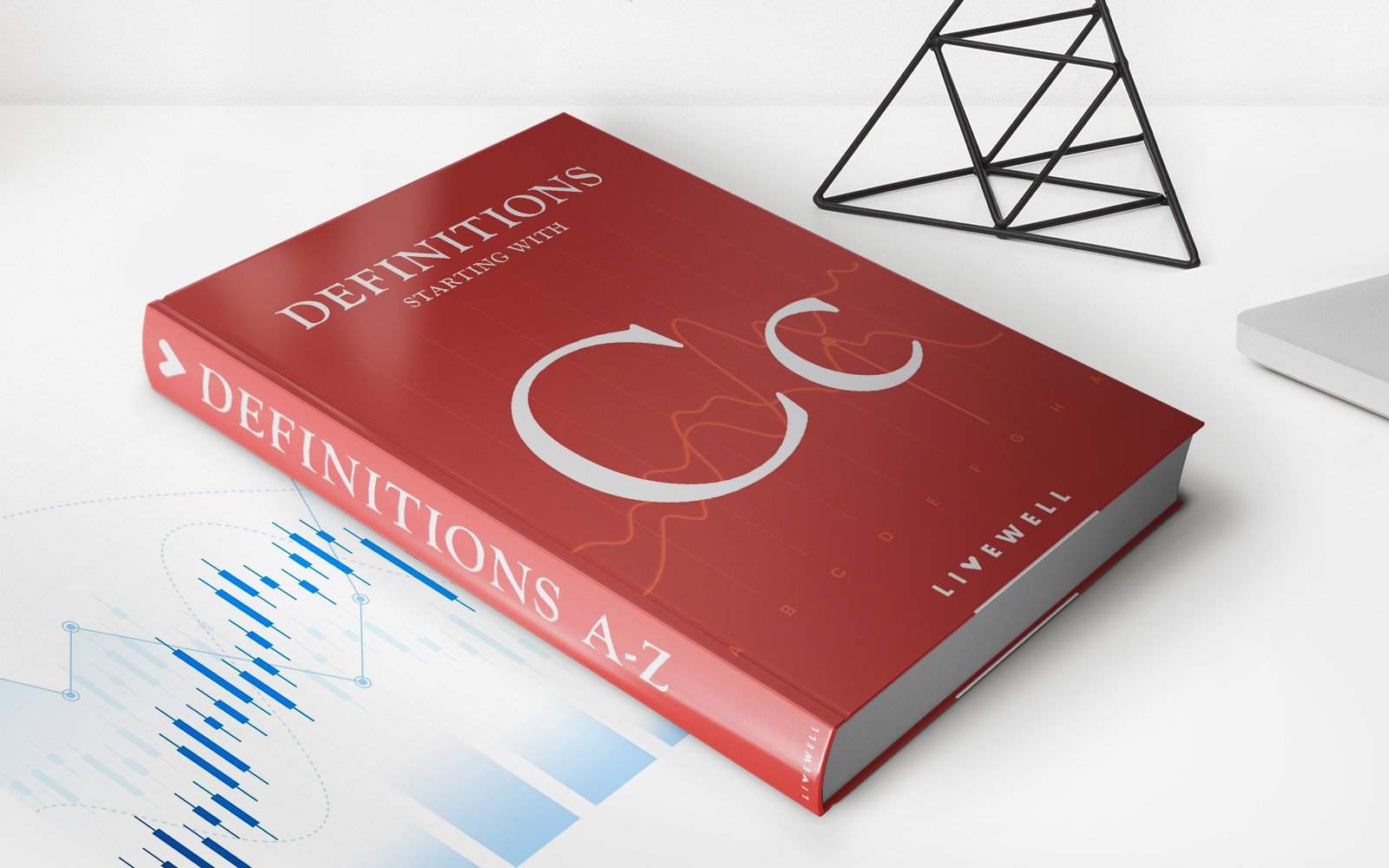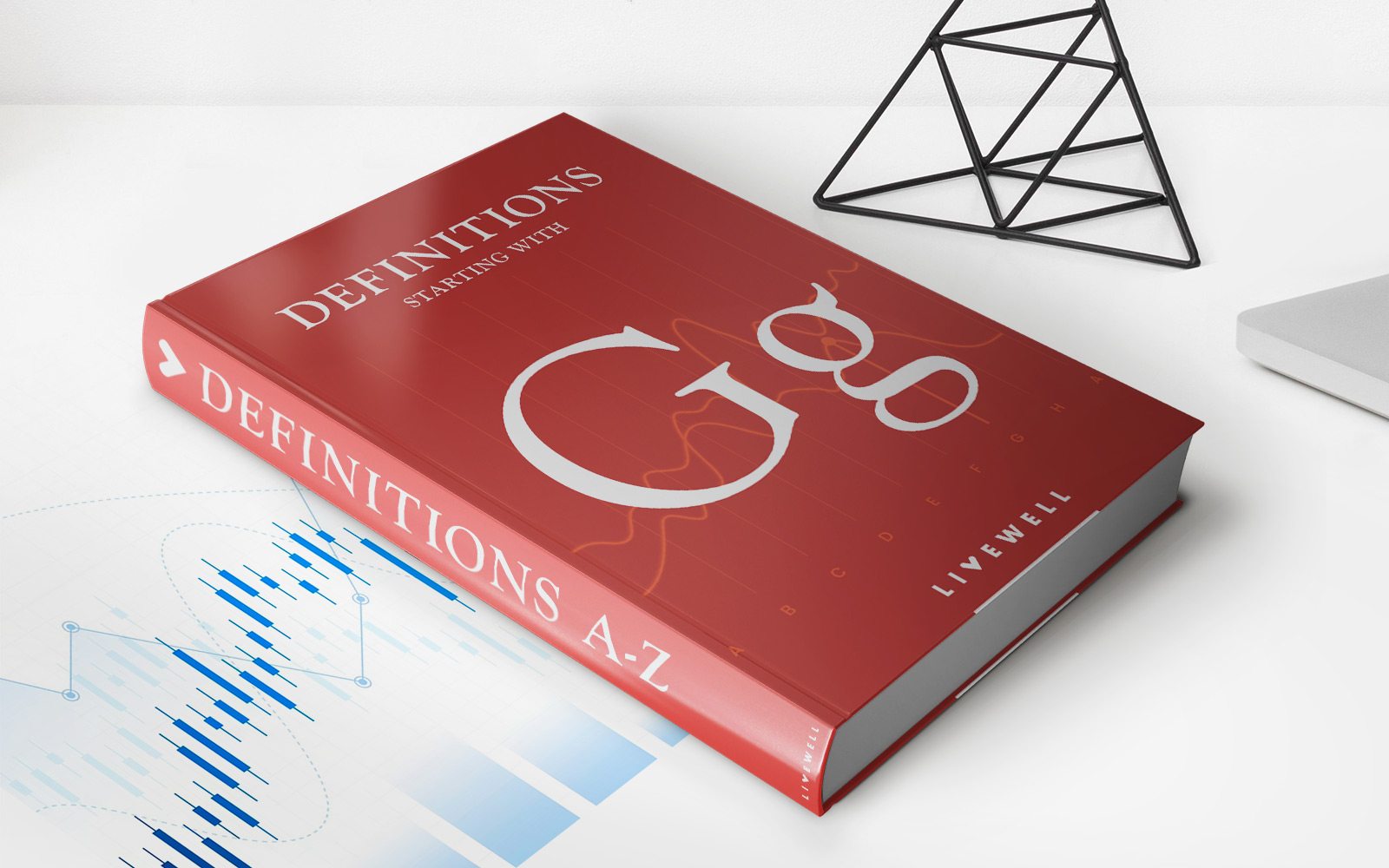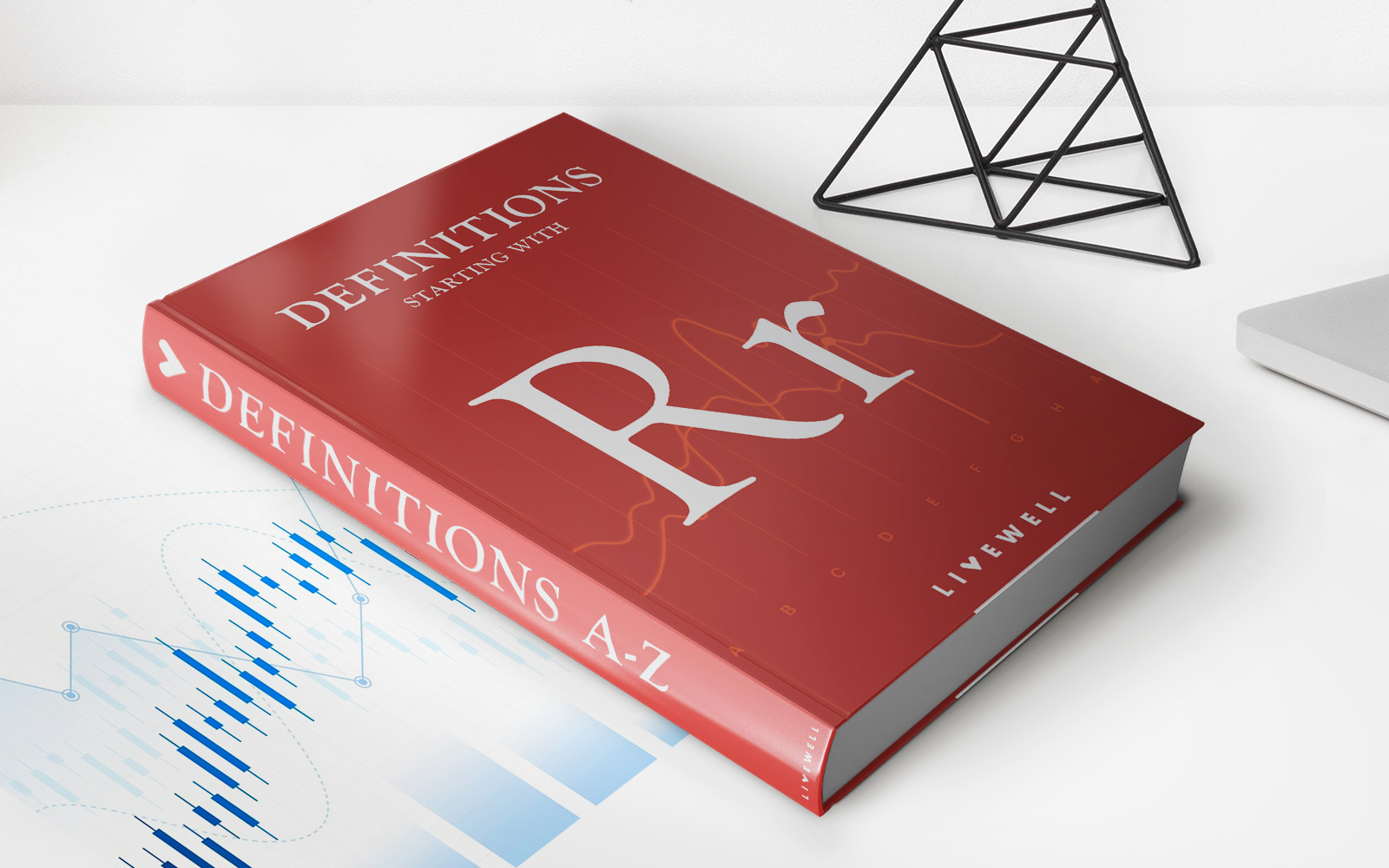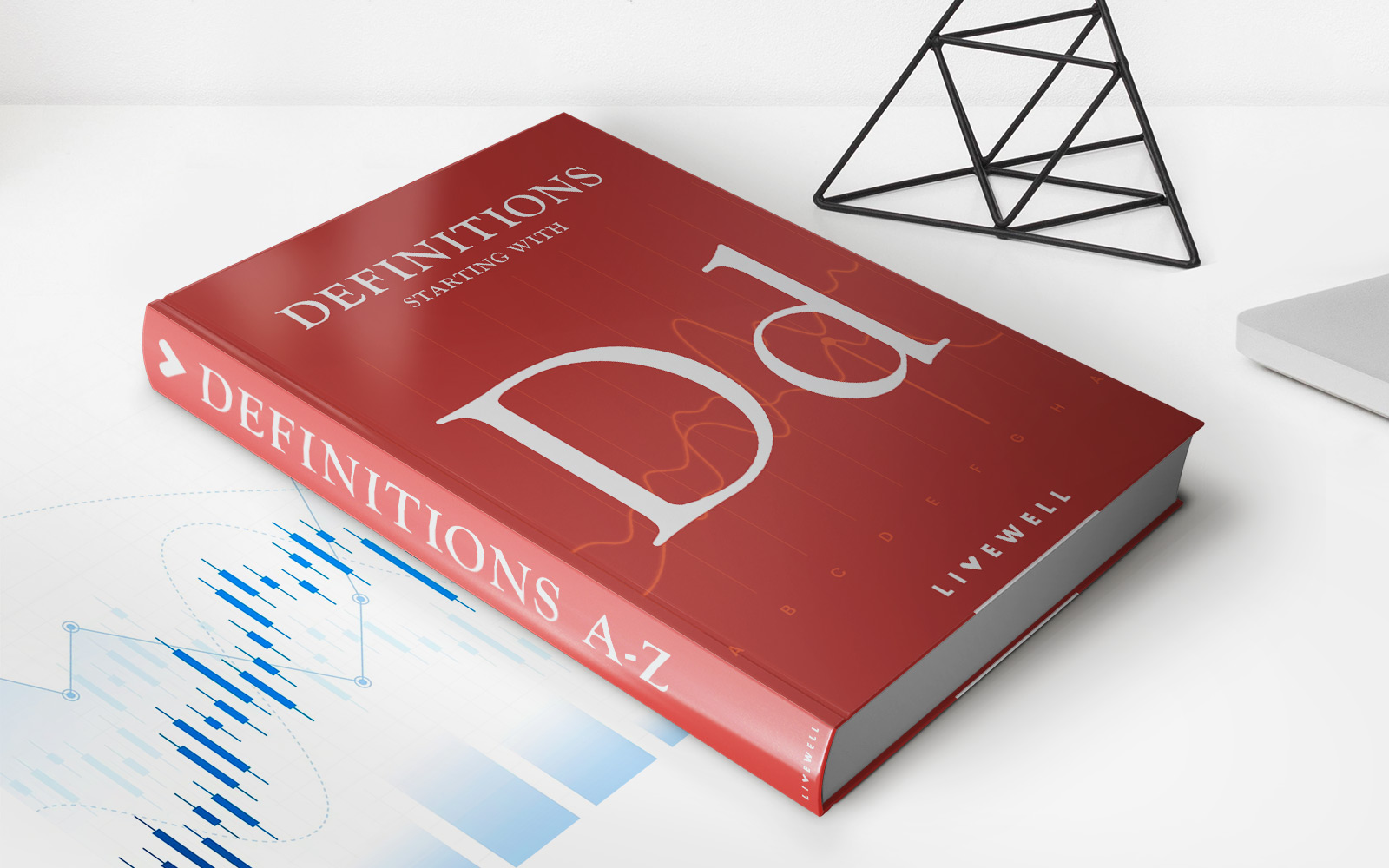Home>Finance>Equilibrium Price: Definition, Types, Example, And How To Calculate
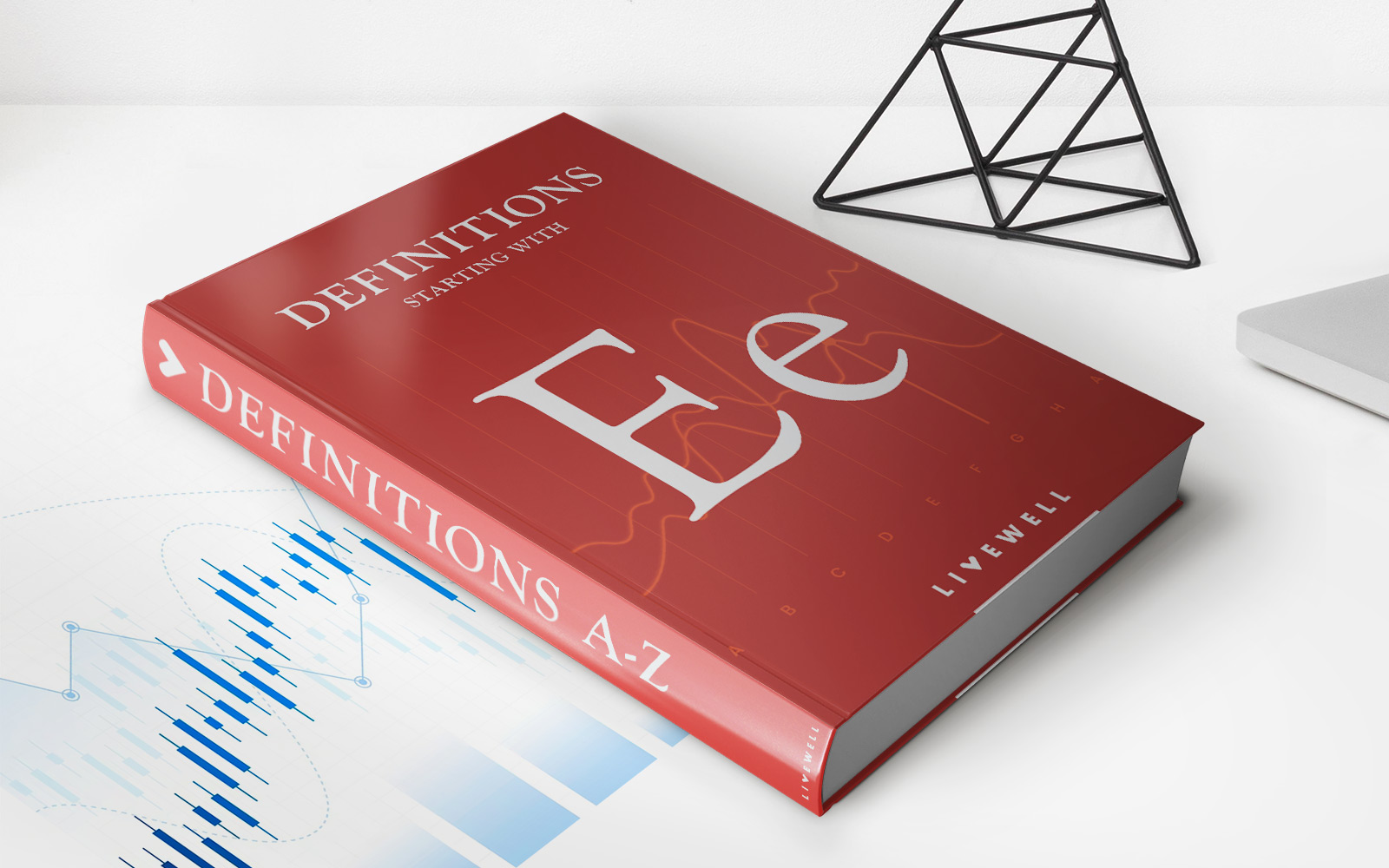

Finance
Equilibrium Price: Definition, Types, Example, And How To Calculate
Published: November 18, 2023
Learn about equilibrium price in finance, including its definition, types, example, and how to calculate it. Enhance your understanding of this crucial concept in the financial world.
(Many of the links in this article redirect to a specific reviewed product. Your purchase of these products through affiliate links helps to generate commission for LiveWell, at no extra cost. Learn more)
What is Equilibrium Price?
When it comes to understanding the world of finance, it’s important to have a grasp on various key concepts. One such concept is equilibrium price. But what exactly is equilibrium price?
Equilibrium price is the price at which the supply of a product or service equals the demand for it. It is the point where the forces of supply and demand in the market are in balance. At this price, buyers are willing to buy exactly the quantity that sellers are willing to sell. It is important because it determines the price at which a transaction occurs and plays a crucial role in market stability.
Key Takeaways:
- Equilibrium price is the price at which supply equals demand in a market.
- It ensures that the market is in a state of balance.
Types of Equilibrium Prices
Equilibrium prices can be classified into three main types:
- Perfect Competition Equilibrium: This occurs in a market where there are numerous buyers and sellers, and no single entity has control over the price. In such a scenario, the equilibrium price is determined solely by the forces of supply and demand.
- Monopoly Equilibrium: In a monopoly market, there is a single seller or producer of a product or service. As a result, the equilibrium price is dictated by the seller, who has the power to set prices at a level that maximizes their own profit.
- Oligopoly Equilibrium: Oligopoly refers to a market dominated by a few large sellers. In this type of market, the equilibrium price is influenced by the behavior and decisions of these key market players. They may engage in price fixing or engage in other strategies to maintain market stability.
An Example of Equilibrium Price
Let’s take the example of the smartphone market to understand equilibrium price better. Assume that there is a high demand for smartphones among consumers, and manufacturers are producing a large quantity of smartphones to meet this demand. Initially, the price of the smartphones is set at $800.
As time passes, the supply of smartphones increases, and consumers start experiencing a saturation in the market. Eventually, the demand decreases, and consumers are no longer willing to pay $800 for a smartphone. Manufacturers, on the other hand, are producing more smartphones than they can sell at this price.
At this point, the market reaches its equilibrium price. Let’s assume that the equilibrium price for smartphones in this scenario is $600. At this price, the quantity demanded by consumers equals the quantity supplied by manufacturers. This ensures that the market is in balance, and there are no surpluses or shortages of smartphones.
How to Calculate Equilibrium Price?
Calculating the equilibrium price in a market involves analyzing the supply and demand curves to identify the point of intersection. This point represents the equilibrium price. Here are the steps to calculate the equilibrium price:
- Plot the supply and demand curves: Start by plotting the supply and demand curves on a graph, with price on the vertical axis and quantity on the horizontal axis. The supply curve represents the quantity that sellers are willing to sell at different prices, while the demand curve represents the quantity that buyers are willing to buy at different prices.
- Identify the point of intersection: Find the point at which the supply and demand curves intersect. This point represents the equilibrium price.
- Determine the equilibrium price: Once you have identified the point of intersection, read the price value on the vertical axis. This is the equilibrium price.
Remember that equilibrium price is not a fixed value and can change over time due to shifts in supply and demand. It is important to regularly analyze market conditions to stay updated with the current equilibrium price.
Conclusion
In conclusion, equilibrium price plays a critical role in determining market stability. It is the point at which supply equals demand and ensures that the market is in a state of balance. Understanding the different types of equilibrium prices and how to calculate them is essential for anyone involved in finance or business. By keeping track of the equilibrium price, businesses can make informed decisions about pricing and production levels, leading to more effective market strategies.
So, the next time you come across the term “equilibrium price,” you’ll have a clear understanding of what it means and why it matters in the world of finance.
